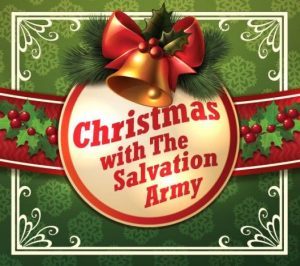The Salvation Army, part church, part world-wide social service agency, has become identified with Christmas charity since its foundation in London in 1865 by General William Booth. The sounds of Army brass bands playing Christmas carols and the sight of street-corner kettles are an integral part of Christmas in many countries.
In 1891 Captain Joseph McFee of San Francisco set up the world’s first Salvation Army street kettle to collect donations for Christmas charities. It was such a success in raising money to provide a Christmas meal for the area’s poor people that within a few years kettles were a common site on the West Coast. In 1897 the idea spread to Boston; though some officers were reluctant to man the kettles lest they make a spectacle of themselves enough money was collected to feed thousands. In 1901 the Salvation Army set up the first mammoth sit-down dinners for the poor in New York’s Madison Square Garden, a custom that perisisted for decades. This kind of communal Christmas dinner is still offered to the homeless but around the world today the collections from street kettles also fund groceries, clothing and toys for poor families with their own homes, meals for and visits for shut-ins, services for the families of prisoners and the Christmas needs of inmates.
At one time the Army employed the homeless to dress as Santa Claus while they manned the kettles but the proliferation of street-corner and department-store Santas confused children so the practice was dropped. Nowadays many kettles are automated with a self-ringing bell, and a public address system broadcasting carols.
